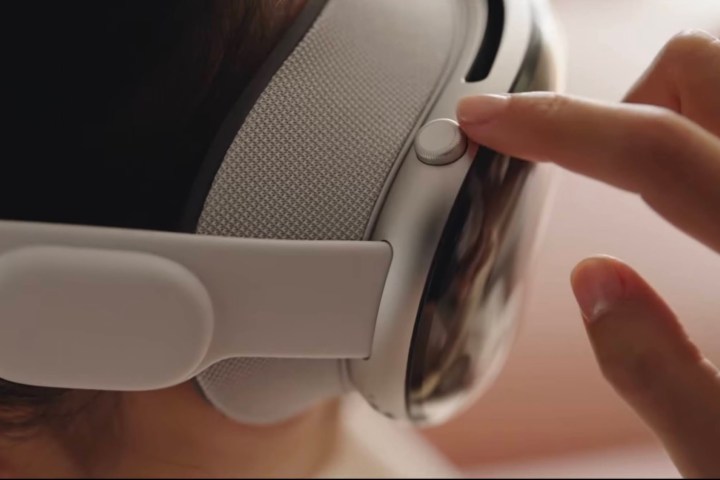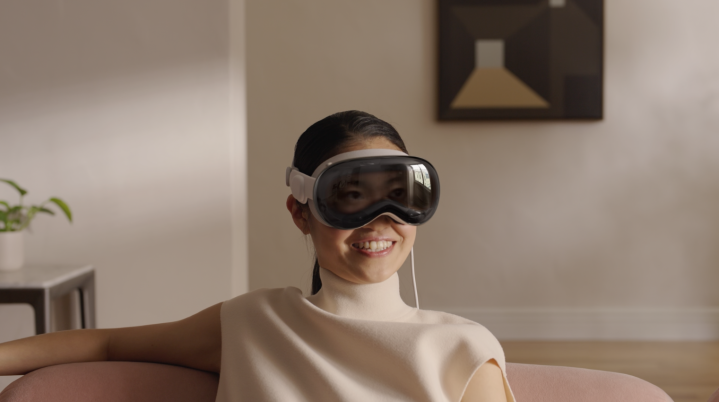
The unveiling of the Vision Pro headset was a big moment for Apple, but not one without its fair share of lukewarm responses. And now, the company may be facing another issue: production problems.
According to a report from The Financial Times, Apple is having to dramatically cut the production of the Vision Pro from over one million to less than 400,000. This reportedly comes from two sources close to both Apple and the manufacturer, Luxshare. The China-based company has increasingly become an important supplier to Apple since last year when it took on more of the share of production of iPhones, AirPods, and other Apple devices in the wake of the protests over pandemic lockdowns at Foxconn.
The over one million was reportedly the target internal sales goal, which is pretty ambitious for a brand-new device that costs $3,499. The report doesn’t indicate that the drop in production is due to lowered expectations around demand. Rather, it seems to be more of a problem with actually getting these things made.

The industry is still catching up to the manufacturing issues created during the pandemic, even for a company as commanding as Apple. But a new product is a new product, especially one as custom and high-end as the Vision Pro. TechCrunch’s summary of the report notes the difficulty of the tiny, 4K mini-OLED displays in particular.
The report also notes that there may be a trickle-down effect on the release of the cheaper version of the Vision Pro — presumedly called just the Vision. While the Vision Pro was scheduled for a release in 2024, the cheaper model is rumored for 2025. We’ll have to see how the release dates play out, but clearly, bringing these new “spatial computing” devices into existence isn’t going to be easy as a new MacBook or iPad.


